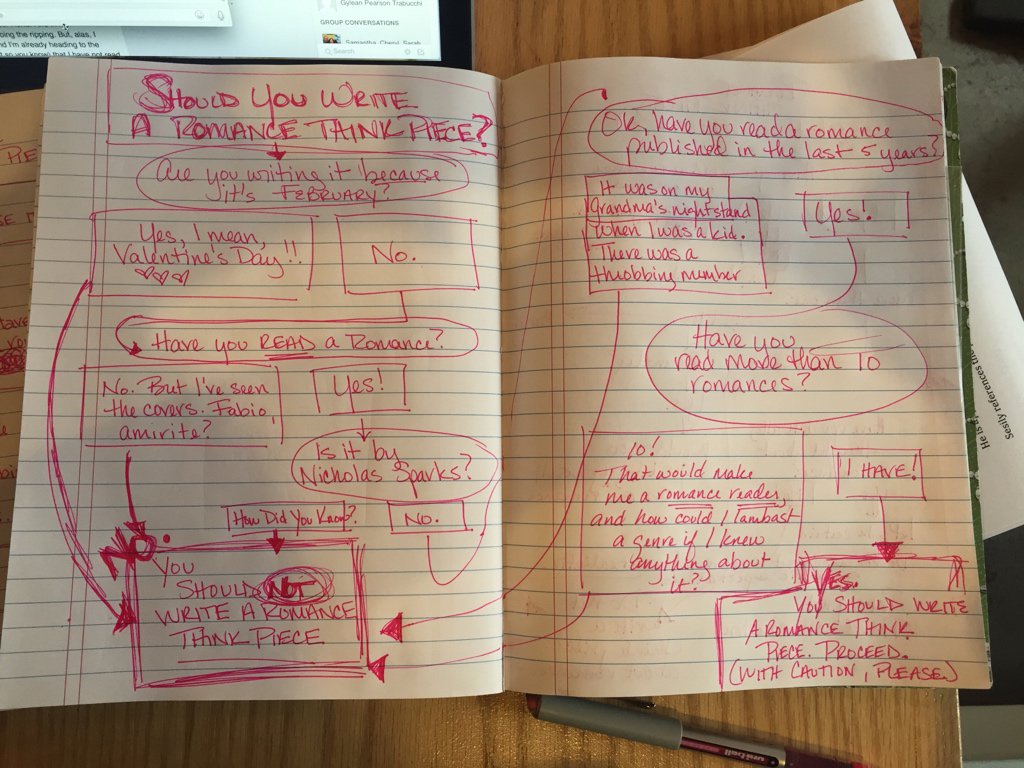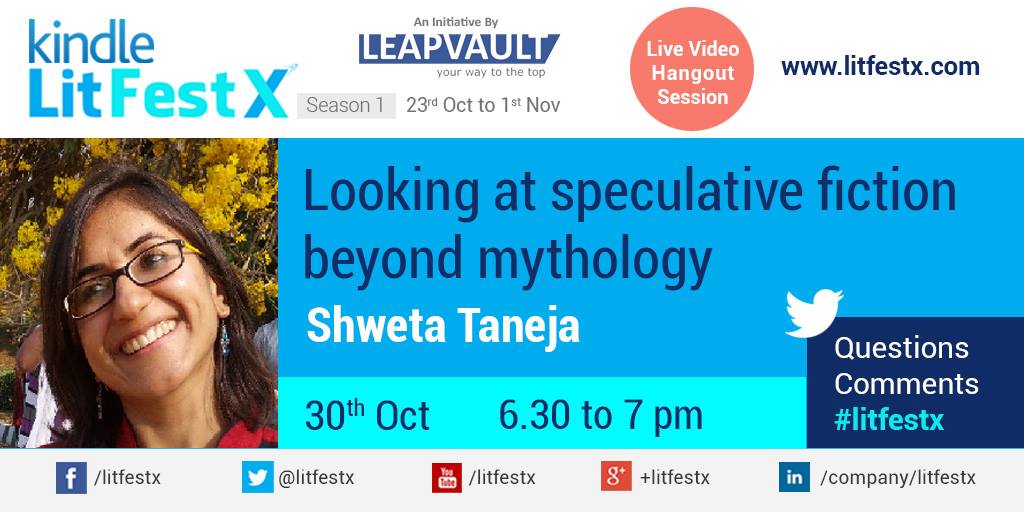While reading about early examples of Indian science fiction, I came across a wonderful scholarly tale of how Jagadish Chandra Bose, a physicist and science fiction writer in India in late 19th century, wrote a bilingual science-fiction inspired by a hair oil brand. The article, written by scholars Anil Menon and Vandana Singh, who also write speculative fiction (here and here), has names of various other writers who wrote science fiction in late 19th and early 20th centuries. Using it on my website with due permission from Anil and with a lot of glee.
We have chosen two stories—one by Jagadish Chandra Bose (1858-1937), the other by Naiyer Masud (1936—)—not as representatives of Indian speculative fiction but as interesting instances of the genre. Bose’s story is indicative of a special period in the subcontinent’s history and we finally had an excellent translation to work with. We chose Masud’s story because it is a wonderful story.
Of course when the range includes seventeen-odd languages over some hundred and fifty years of scribbling (two thousand plus, if mythic fiction is included), these two choices are more or less equivalent to two hands raised in surrender. We were tempted by the first south-Asian short story in English, Kylas Chunder Dutt’s “A Journal of 48 Hours In The Year 1945” (1835), Shoshee Chunder Dutt’s “Republic of Orissa: Annals From The Pages Of The Twentieth Century” (1845), V. K. Nayanar’s “Dwaraka” (1892), Sarath Kumar Ghosh’s Prince of Destiny (1909), Rokeya Sakhawat Hossain’s much-reprinted “Sultana’s Dream” (1905), Rajshekar Bose’s Ulat Puran (1925), the satirical Hindi SF of Harishankar Parsai, the Tamil pulp SF of ‘Sujatha’ Rangarajan, Premendra Mitra’s whimsical Bangla tales, and the eerily postmodern folktales recorded in A. K. Ramanujan’s anthologies. We could just as easily have picked Manoj Das’s “Sharma and the Wonderful Lump” (1973), Bibas Sen’s “Zero-Sum Game” (1994), Manek Mistry’s “Stories of the Alien Invasion” (2007), or one of Kuzhali Manickavel’s short stories. We had to sidestep one of the most talked-about works this year, Shovon Chowdhury’s alternate history The Competent Authority (2013). Ultimately, we chose Bose and Masud.
Acharya Jagdish Chandra Bose—the “Acharya” means teacher—pioneered research in electromagnetic waves and biophysics, and invented and built instruments of astonishing precision and delicacy to measure plant development. He probably would have been a brilliant polymath in any age, but the colonial time in which he lived and his courageous response to its constraints made him once-in-a-generation scientist. In 1896, Bose wrote a bilingual science-fiction story, “Nirrudeshar Kahini” (The Story of the Missing). The main narrative is in Bangla, but the embedded scientific material is in English. The story is about a man who calms a storm at sea by pouring a bottle of hair oil on the troubled waters.
Hair oil? Continue reading “How a hair oil brand inspired an Indian science fiction tale in 1896”
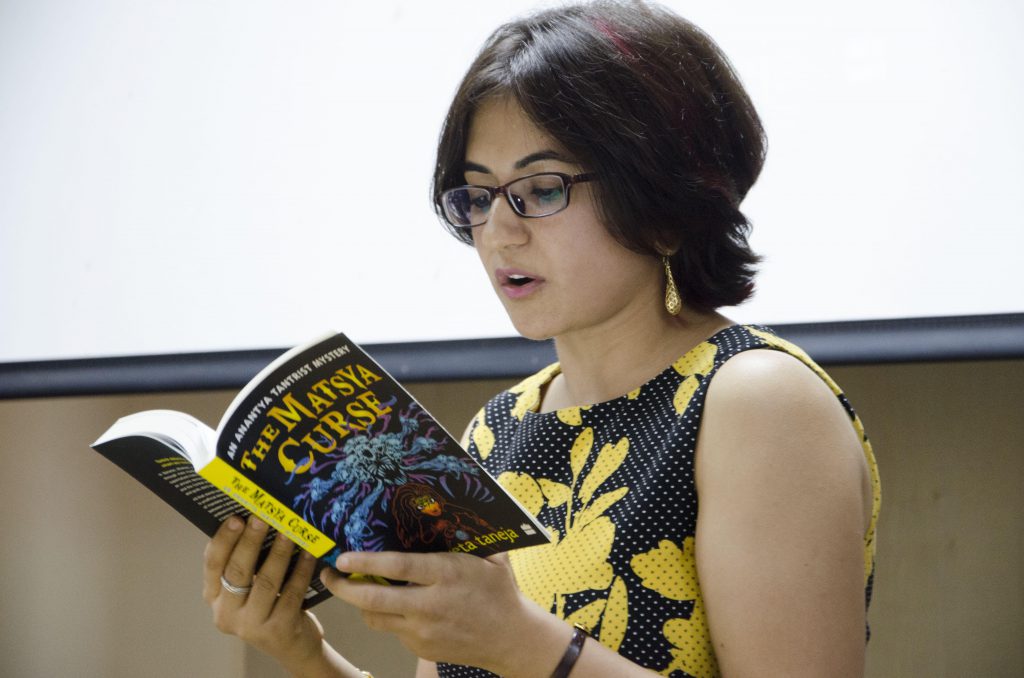



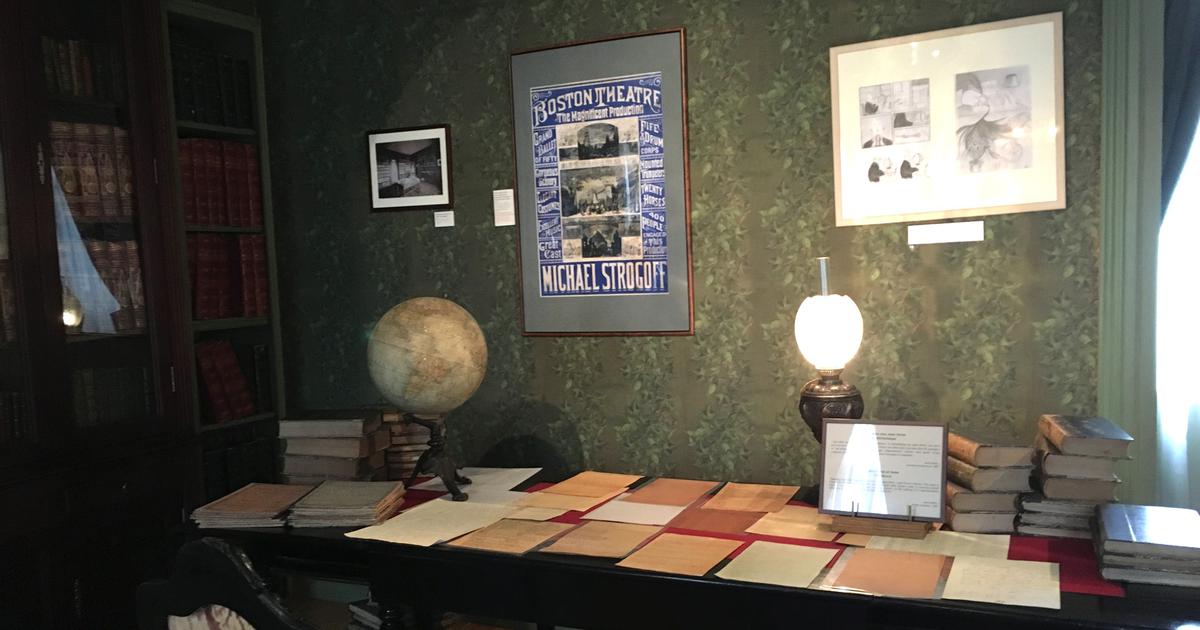
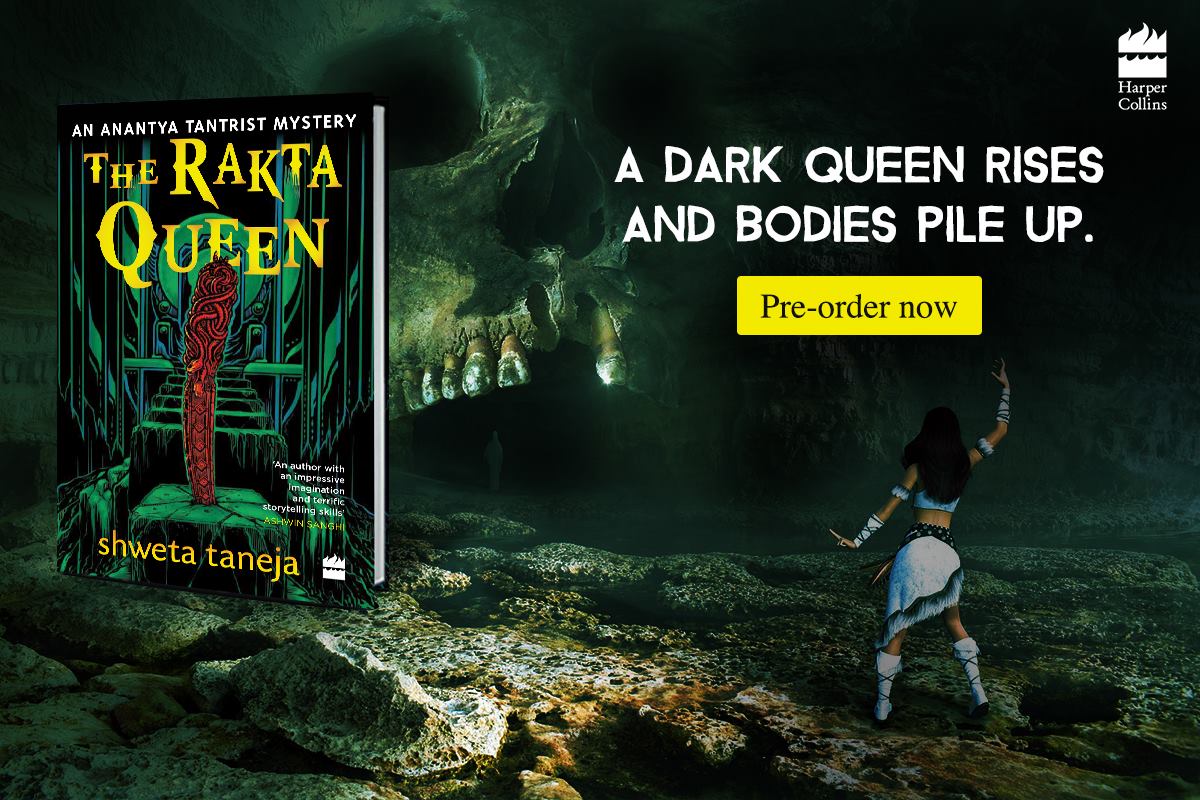

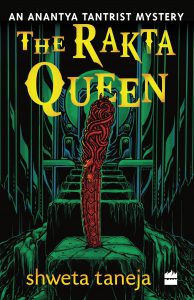

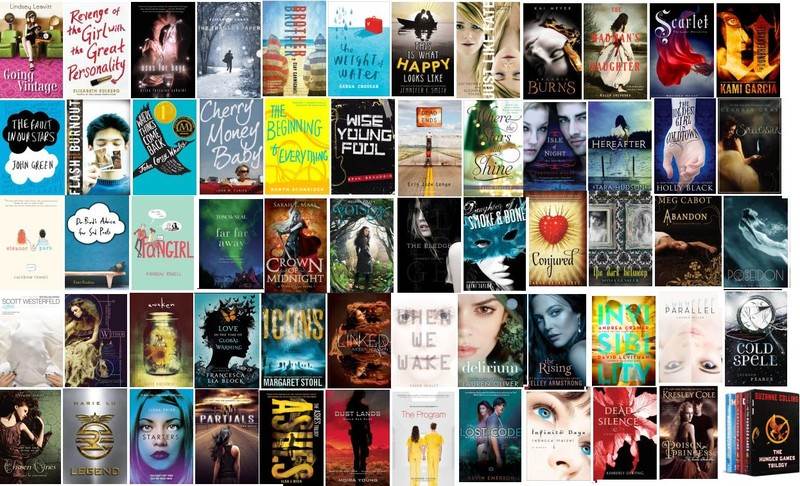
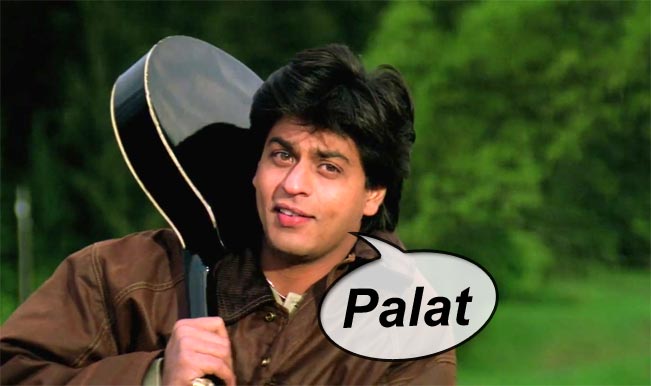 Umm. Frankly, all Indian writers, be it of any genre or creed, have thought about romance once in a while. After all, it’s the most selling genre in our country. I did seriously consider it for a second. I did!
Umm. Frankly, all Indian writers, be it of any genre or creed, have thought about romance once in a while. After all, it’s the most selling genre in our country. I did seriously consider it for a second. I did!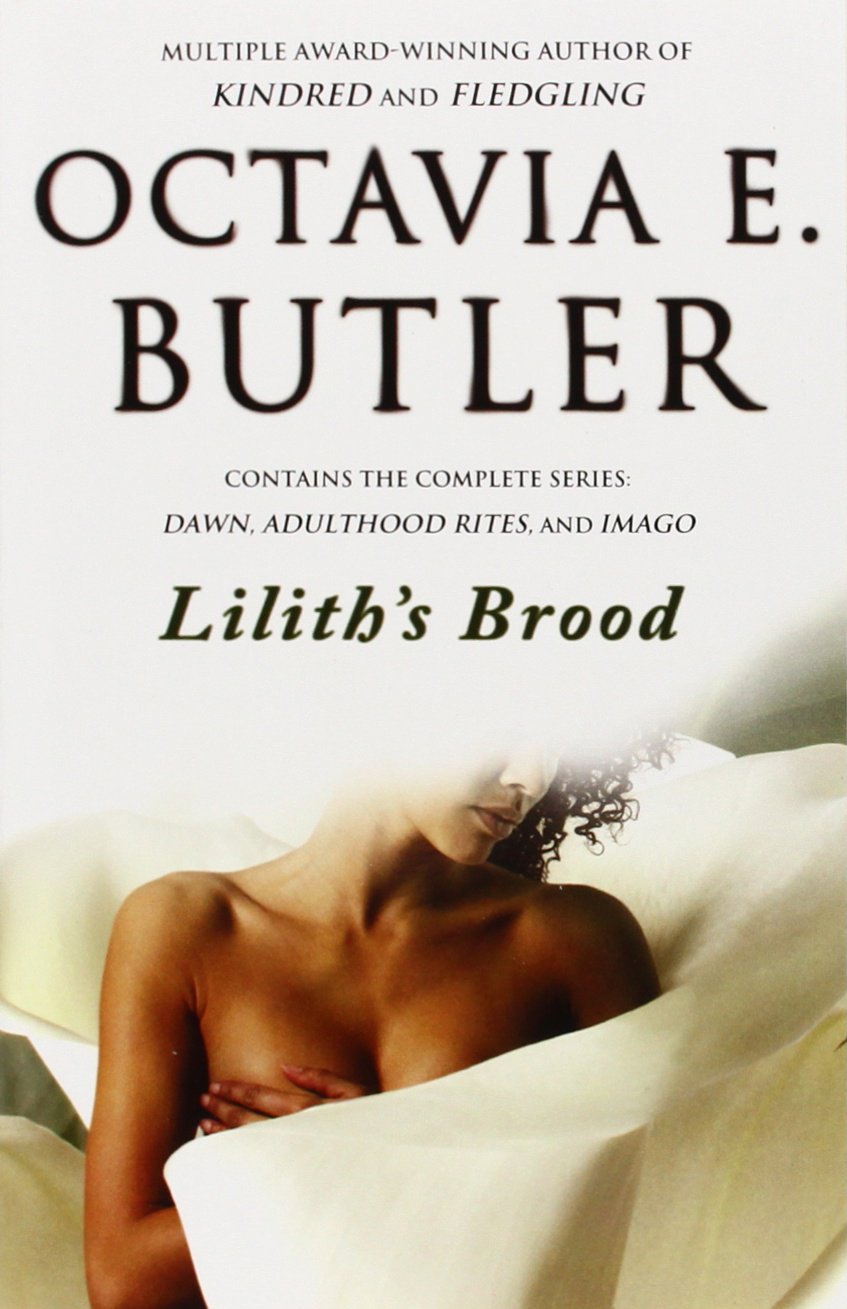 And then I remembered, that the last romance I read and appreciated was between the
And then I remembered, that the last romance I read and appreciated was between the 